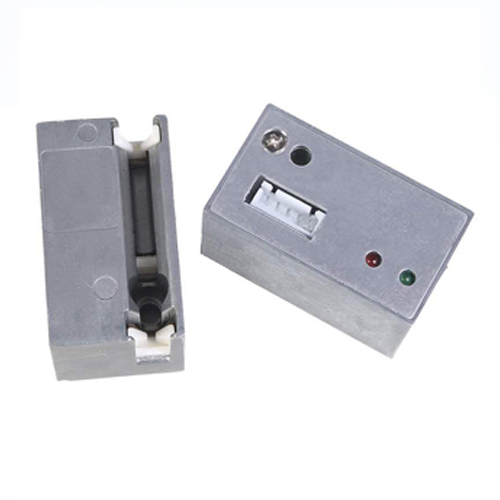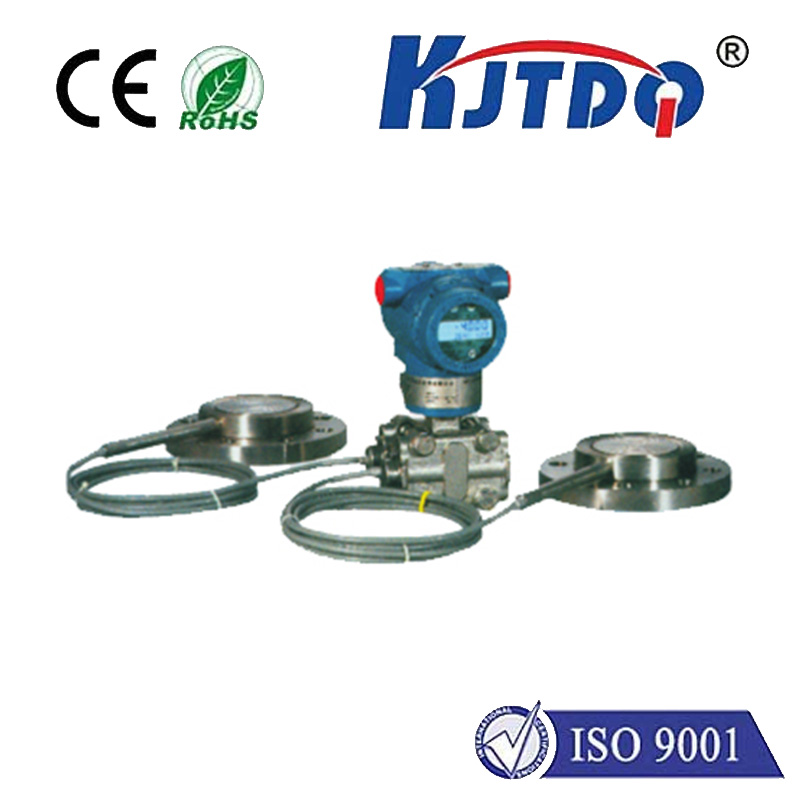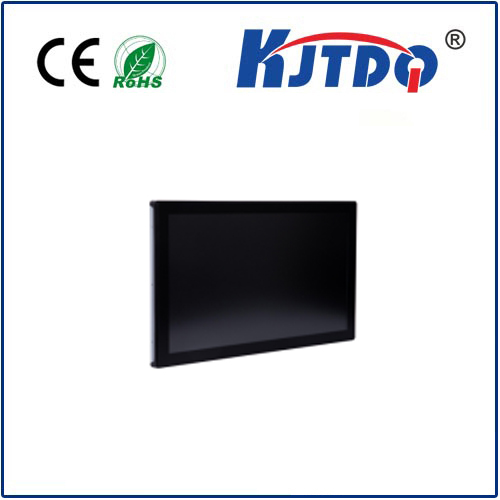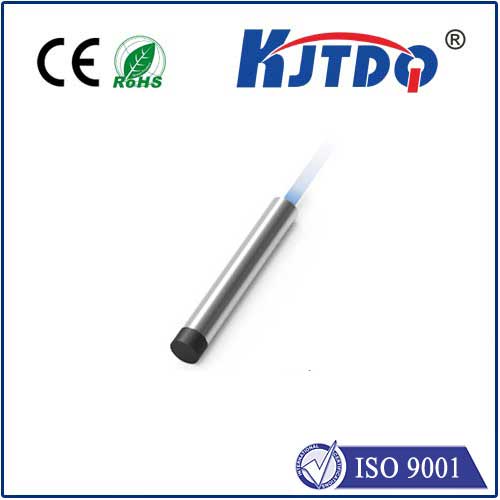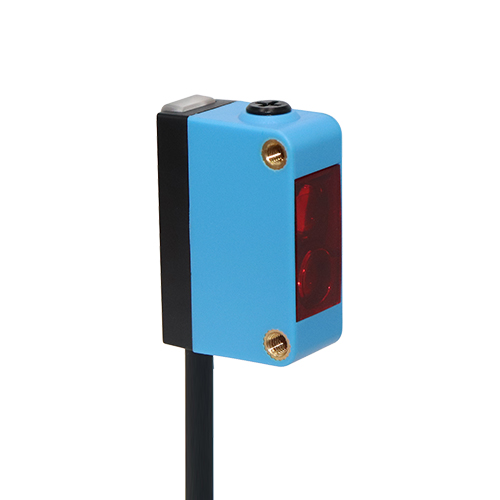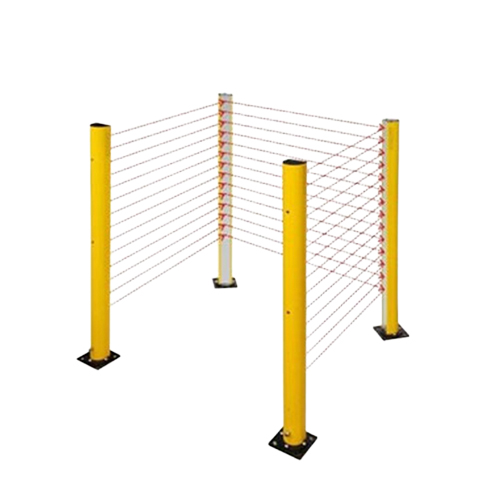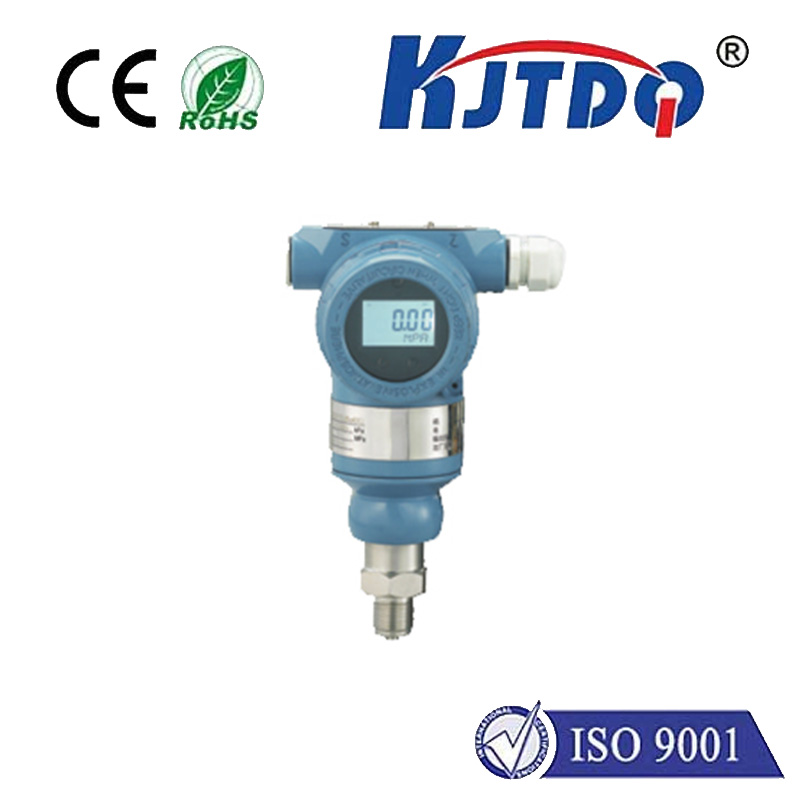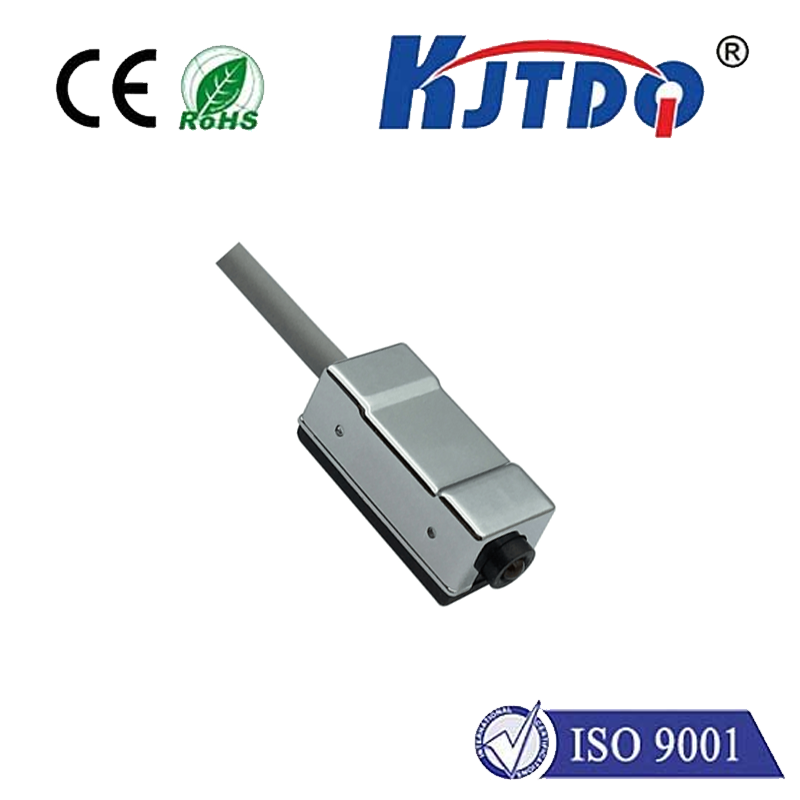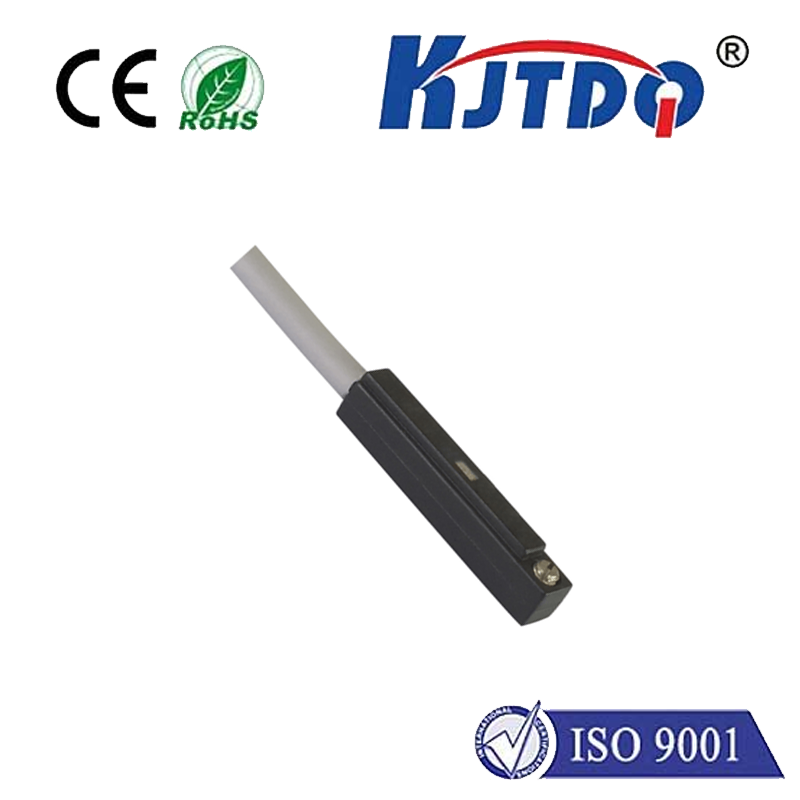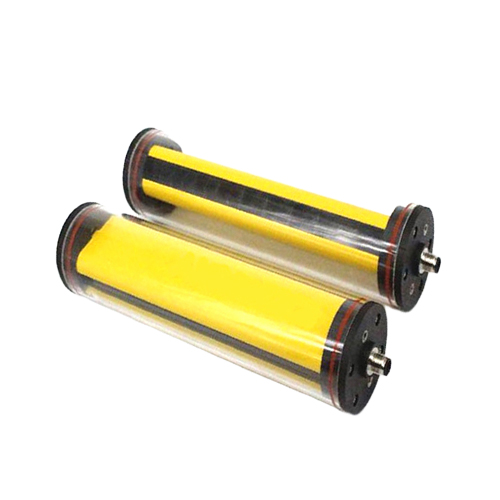non contact temperature sensor
- time:2025-08-19 13:38:18
- Click:0
Beyond the Touch: Unveiling the Power of Non-Contact Temperature Sensors
Imagine checking a child’s fever without disturbing their sleep, identifying an overheating motor deep within machinery without halting production, or monitoring the precise temperature of molten metal from a safe distance. This isn’t science fiction; it’s the everyday reality enabled by non-contact temperature sensors. These remarkable devices have quietly revolutionized countless fields, offering speed, safety, and convenience where traditional contact methods fall short. Understanding their capabilities is key to unlocking efficiency and safety across industries.
How They “See” Heat: The Science Behind the Sensor
Unlike traditional thermometers that require physical touch, non-contact sensors operate on a fundamental principle: all objects emit infrared (IR) radiation as a function of their temperature. The hotter an object, the more IR radiation it emits. These sensors are essentially sophisticated infrared thermometers, capturing this emitted energy without making contact.
Here’s a simplified breakdown of the process:
- Infrared Radiation Detection: The sensor’s lens focuses the infrared energy radiating from the target object.
- Conversion: A sensitive detector, often made of materials like thermopiles or microbolometers, converts the collected IR energy into an electrical signal.
- Processing & Calibration: This electrical signal is processed by the sensor’s electronics. Crucially, the sensor is calibrated based on the principles of black body radiation and factors like the target’s emissivity – its efficiency in emitting infrared radiation compared to a perfect black body. Accurate emissivity settings are vital for precise readings.
- Temperature Display/Output: The processed signal is converted into a temperature reading displayed on the sensor unit or transmitted to a control system.
Core Advantages: Why Go Non-Contact?

The benefits of this technology are compelling and drive its widespread adoption:
- Speed: Measurements are instantaneous. There’s no waiting for thermal equilibrium, crucial for moving objects or processes requiring rapid monitoring.
- Safety: Measuring extreme temperatures (very hot or very cold) or dangerous environments (high voltage, hazardous materials) becomes safe. Users avoid direct exposure.
- Convenience: Measuring hard-to-reach, moving, or delicate surfaces (like electronic components or food products) is effortless.
- Non-Invasive: Ideal for medical applications (fever screening), food safety checks, or monitoring sensitive processes where contact could contaminate or alter the result.
- Durability: Without needing to touch the target, the sensor itself often avoids direct wear and tear from harsh conditions.
Key Types and Their Applications
Non-contact temperature sensors come in various forms, each suited to specific needs:
Infrared Thermometers (Pyrometers): These are the most common handheld “point-and-shoot” devices. Widely used for industrial maintenance (finding hot spots in electrical panels or motors), HVAC troubleshooting, automotive diagnostics (engine/brake temps), and even culinary applications. Their portability makes them incredibly versatile.
Infrared Thermal Cameras (Thermal Imagers): These advanced sensors create a visual thermal map (thermogram) showing temperature variations across a surface. Indispensable tools for:
- Building diagnostics: Finding heat leaks, insulation gaps, and moisture intrusion.
- Electrical inspections: Detecting overloaded circuits, loose connections, and failing components before they cause failure or fire.
- Industrial process monitoring: Visualizing temperature uniformity in ovens, furnaces, or during manufacturing.
- Preventive maintenance: Identifying abnormal heat patterns in machinery.
- Medical thermography: Screening for inflammation or circulatory issues (as a supplementary tool).
- Research & Development: Analyzing thermal performance of prototypes and electronics.
- Fixed-Mount Infrared Sensors: Designed for continuous, non-contact temperature monitoring in industrial processes. Critical for:
- Metal processing: Monitoring molten metals in furnaces or during casting/rolling.
- Glass manufacturing: Controlling furnace and annealing lehr temperatures.
- Plastics extrusion: Ensuring consistent melt temperature.
- Semiconductor fabrication: Monitoring wafer temperatures during processing.
- Food production: Checking cooking, baking, or freezing temperatures on conveyor lines.
- Two-Color Pyrometers (Ratio Pyrometers): These specialized sensors measure temperature based on the ratio of infrared energy emitted at two different wavelengths. They are less sensitive to emissivity variations and obstructions like dust, steam, or sight glass windows, making them ideal for challenging industrial environments.
Choosing the Right Sensor: Key Considerations
Selecting the appropriate non-contact temperature sensor depends on several factors:
- Temperature Range: What are the minimum and maximum temperatures you need to measure?
- Target Size & Distance: How small is the target? How far away will the sensor be? (This determines the required field of view and optical resolution, often expressed as distance-to-spot ratio - D:S). For small targets or long distances, a high D:S ratio is essential.
- Emissivity: What is the emissivity of your target material? Can the sensor compensate for it? Common materials like skin, water, or oxidized metals have known values, while shiny metals are trickier.
- Response Time: How quickly does the sensor need to react to temperature changes?
- Environmental Conditions: Will it be exposed to dust, moisture, extreme ambient temperatures, or electromagnetic interference?
- Required Output: Is a simple readout enough, or do you need data logging, alarms, or integration into a control system?
- Budget: Handheld thermometers are affordable, while thermal imagers and high-precision industrial sensors represent a significant investment.
Applications Transforming Industries
The impact of non-contact thermal measurement is profound:
- Industrial Maintenance & Reliability: Predictive maintenance programs rely heavily on infrared thermometers and thermal cameras to detect abnormal heat signatures in motors, bearings, electrical connections, and insulation before catastrophic failure. This saves millions in downtime and repair costs.
- Building Science & Energy Auditing: Professionals use thermal cameras to visualize energy loss, identify insulation deficiencies, locate air leaks, and detect moisture problems non-destructively. Improving building efficiency starts with seeing the unseen heat.
- Healthcare: Infrared thermometers revolutionized fever screening, especially highlighted during global health events. Thermal imaging offers supplementary insights in areas like detecting inflammation or vascular issues.
- Food Safety & Processing: Ensuring safe holding, cooking, and freezing temperatures without contaminating product is paramount. Non-contact sensors provide a hygienic solution on processing lines. Consistency and safety are enhanced.
- Electronics Manufacturing & R&D: From checking component temperatures on circuit boards to analyzing heat dissipation in prototypes, non-contact sensors are vital for quality control and design optimization. Preventing thermal runaway ensures product longevity.
- Automotive: Diagnosing cooling system issues, brake dragging, engine performance problems, and HVAC efficiency quickly and safely.
- Firefighting: Thermal imaging cameras are life-saving tools, allowing firefighters to see through smoke, locate hotspots, and find victims in low-visibility conditions.
From the factory floor to the doctor’s office, from our homes to cutting-edge research labs, non-contact temperature sensors provide an invaluable window into the thermal world. Their ability to deliver rapid, safe, and accurate measurements without physical interaction makes them not just a tool, but a transformative technology driving efficiency, safety, and innovation across the globe. As sensing technology continues to advance, offering higher resolutions, faster response times, and smarter analytics, their reach and impact will only continue to expand.












